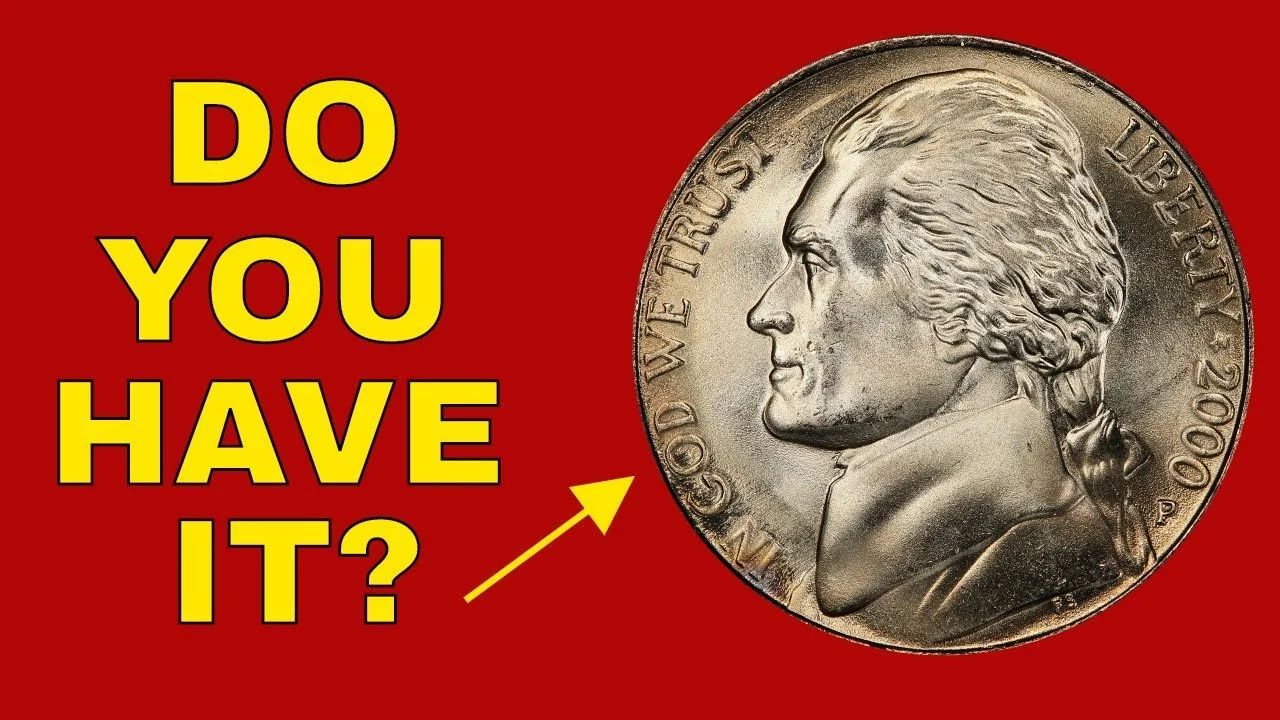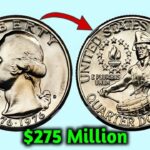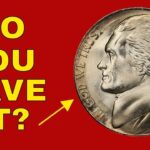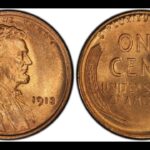What started as a simple kitchen cleanup quickly turned into an extraordinary numismatic discovery for one unsuspecting homeowner. While tidying up and rearranging items on their refrigerator, they noticed something unusual about a 1942 Old Jefferson Nickel holding up their grocery list — it was sticking unusually well to a magnet. This small, everyday observation would soon unravel into a fascinating story of a rare coin with historical significance.
The Magnetic Mystery Behind the 1942 Old Jefferson Nickel
Ordinarily, nickels aren’t magnetic. That’s why this 1942 Old Jefferson Nickel’s magnetic behavior caught attention. During World War II, the U.S. Mint changed the metal composition of nickels to conserve nickel for the war effort. From mid-1942 to 1945, the “wartime nickels” were composed of 35% silver, 56% copper, and 9% manganese — none of which are magnetic. So why was this particular nickel attracted to a magnet?
Curious, the homeowner consulted a local coin expert. The verdict? This was no ordinary coin. It was a rare mint error — a transitional error coin accidentally struck on a steel planchet, instead of the intended metal alloy. Such mistakes occurred during the hectic transition period when the Mint switched materials in 1942, and a few steel blanks slipped through the process.
Why the 1942 Old Jefferson Nickel Mint Error Is So Significant
The 1942 Old Jefferson Nickel transitional error is a prized rarity in the coin collecting world. These steel planchet coins are extremely scarce because the U.S. Mint used steel only for pennies during the war, not for nickels. This minting anomaly makes the coin unique, with only a handful known to exist.
Collectors value these coins not just for their rarity but also for their connection to a pivotal moment in American history. The altered composition reflects the nation’s wartime sacrifices and resourcefulness, symbolizing the era’s impact on even everyday objects like coins.
From Fridge Magnet to Valuable Collectible
For years, this 1942 Old Jefferson Nickel quietly served as a makeshift magnet holder in the homeowner’s kitchen — an unlikely guardian of a hidden treasure. Once recognized for its rarity, experts estimated the coin’s value could easily reach five figures or more at auction. This remarkable transformation, from a kitchen utility item to a highly sought-after collectible, highlights how valuable history can often be hiding in plain sight.
Also Read – How to Check Your SASSA R350 Status and Payment Dates in 2025
Sparking a New Wave of Treasure Hunters
This discovery has ignited fresh excitement among both seasoned coin collectors and casual observers. Across social media platforms, stories are circulating about people checking their spare change, coin collections, and household items for similar hidden gems. It’s a reminder that history and fortune can unexpectedly appear in the most ordinary places, encouraging everyone to take a closer look at the coins they handle every day.
The Enduring Fascination with Numismatic Surprises
More than just monetary value, the 1942 Old Jefferson Nickel represents a tangible link to America’s past — a connection to the war effort and the nation’s resilience. Its journey from mint error to kitchen magnet to prized collectible perfectly illustrates how artifacts of history can travel unexpected paths. This story is a heartwarming example of how curiosity and keen observation can reveal treasures where you least expect them.
FAQs About the 1942 Old Jefferson Nickel
Why was the 1942 Jefferson Nickel stuck to a magnet?
Most nickels produced during 1942 were made of a copper-nickel alloy and are not magnetic. However, early 1942 nickels were still minted with the regular alloy, which can sometimes be slightly magnetic. The magnetic ones, especially if rare, could be transitional errors or minting anomalies struck on steel blanks.
What makes this particular nickel worth six figures?
Its rarity as a transitional mint error, combined with its condition and historical significance, greatly increases its value. Such coins are extremely rare, and collectors are willing to pay a premium for authenticated examples.
How can I tell if my 1942 Jefferson Nickel is valuable?
Check the coin’s date and mint mark carefully. Test its magnetic properties by using a small magnet. Inspect its overall condition for wear and damage. If anything seems unusual or suspicious, the best course of action is to get it evaluated by a professional coin grading service or a trusted numismatist.
Could You Have a Hidden Treasure?
The most exciting part of this story is that the 1942 Old Jefferson Nickel error coins have occasionally been found outside of formal collections. Some were discovered in loose change, old coin jars, or even rolled coins from banks. So, there’s still a chance that one might be hiding in your pocket, your wallet, or a forgotten drawer.
Final Thoughts
The tale of the 1942 Old Jefferson Nickel stuck to a fridge magnet perfectly captures the thrill of coin collecting — how a seemingly insignificant everyday item can become a valuable piece of history. Whether you’re a seasoned numismatist or a casual hobbyist, stories like this remind us that treasures might be closer than we think. Next time you handle a coin, take a moment to look a little closer — you just might be holding a rare piece of history.
Some Important Link
| Telegram Group | Click Here |
| WhatsApp Group | Click Here |
| Home Page | Click Here |










